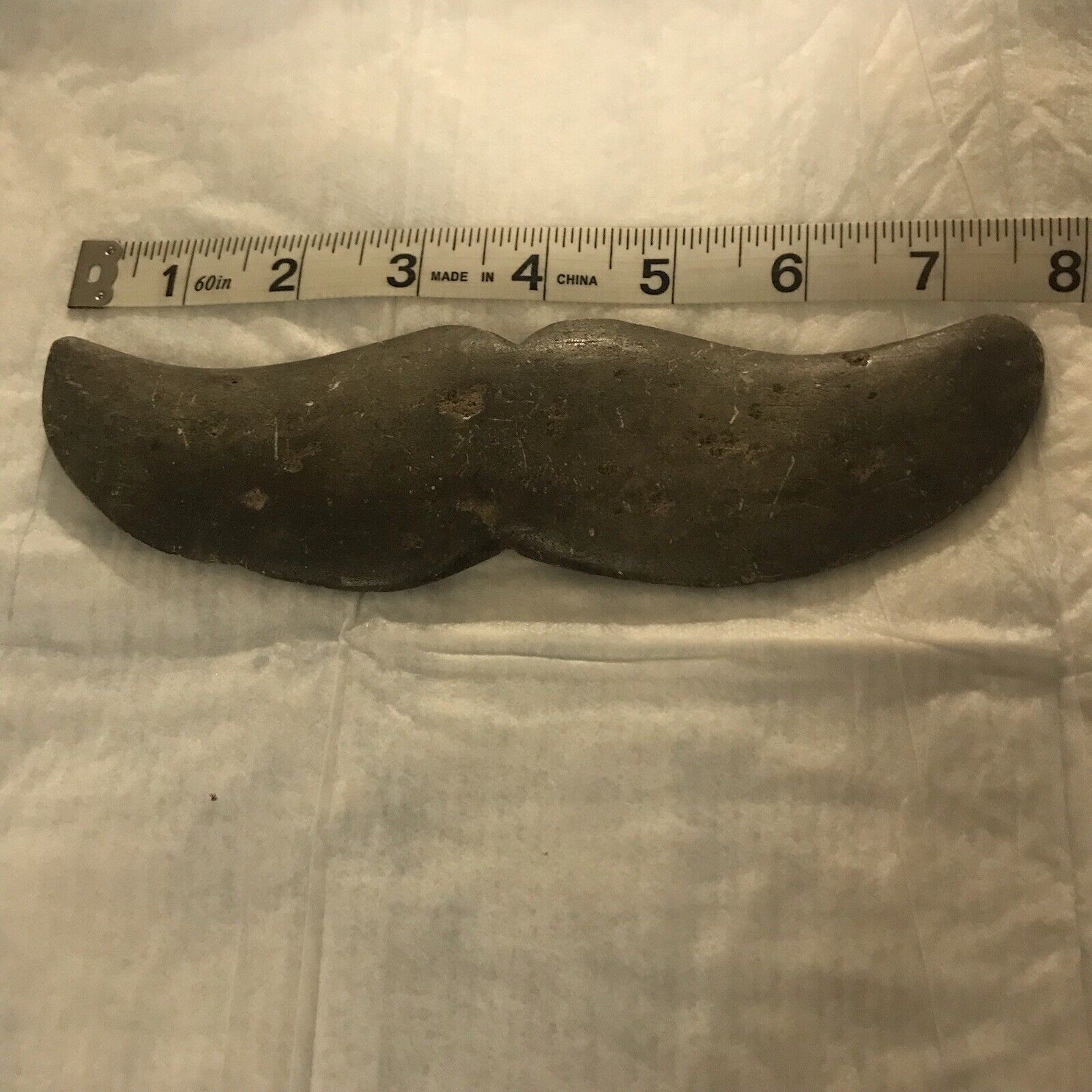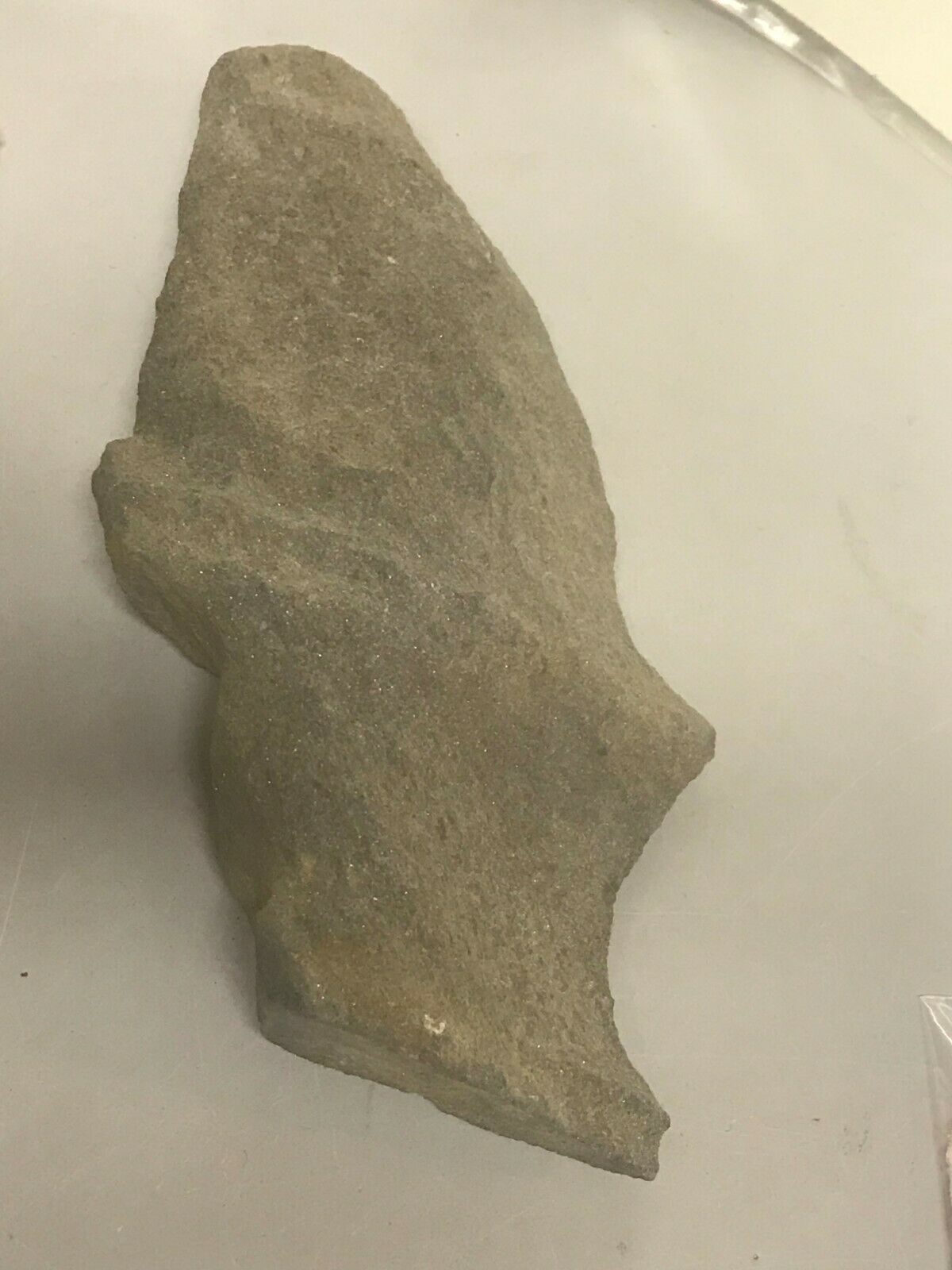-40%
Large Antique Penobscot Native American Root Club 28"L 9" Head.
$ 329.47
- Description
- Size Guide
Description
These are very interesting objects. They are made from the root balls (and a section of trunk) from small gray birch trees. The root ball on these trees is a burl, and the thick roots go in all directions. The roots are sharpened into spikes. You could not make a useable club like this from a trunk of a larger tree, because of the grain - the spikes would break off. But with the burl and the roots, the grain curves around and has strength along all angles.All the old ones I have seen show that the maker saw a face in the burl, and enhanced it so everybody else can see it. The old ones tend to be subtle. After the Penobscot quit using these as weapons, they learned that tourists would buy them and some artisans began carving faces in the heads that are more elaborate, actual sculptures, with such things that tourists might recognize such as faces in Sioux Eagle Feather Headdresses. This one clearly predates any such practices. Both the old and the new ones usually have carvings on the handle, usually including a pattern of the leaves of an ash tree, the ash having a major role in the Penobscot creation story. This one also has a bear and a man carved into the handle.
As you know, anybody with some imagination can see images in the clouds if you look at them long enough, or in a Picasso picture, and of course scientists have ruined that by making up a name for it (pareidolia) and thinking of it as a psychological problem, showing you dirty pictures made with ink blots, and telling kids they do not really see Mickey in the cumulous on a summer day. And some scientists will assume that if a Native American sees a face in the burl of his club, he will attribute a spiritual significance to it. Some might, I guess, but some probably will not. You can draw your own story from this one.
This one is a great example. It has it all. Large, sturdy club. Face in the burl, enhanced by emphasizing the mouth; ash leaves and other carving on the handle; birch bark left on the tip of the handle, red pigment added to the handle and part of the burl. A worthy museum piece.




















